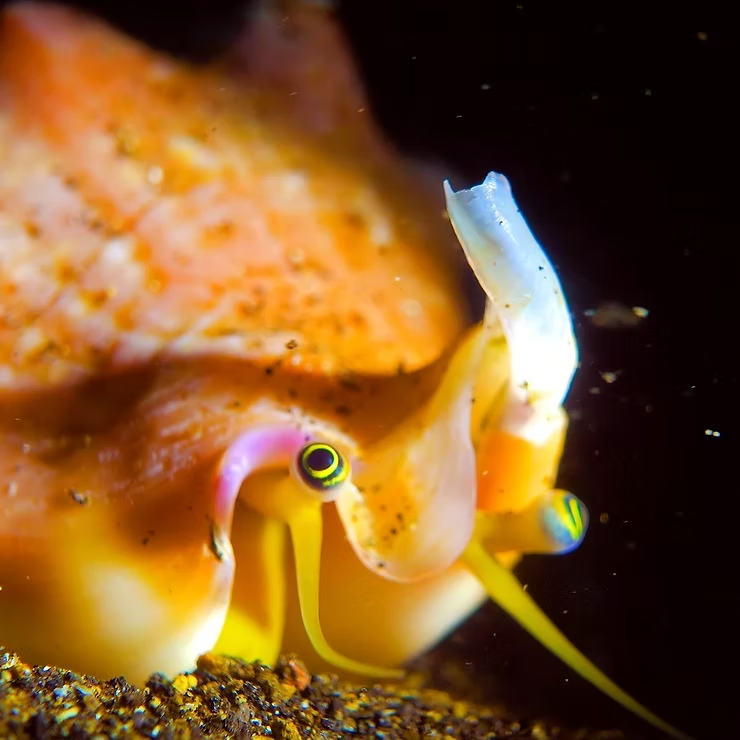Exploring the World of Dolphins
Dolphins embody intelligence, emotion, and social complexity, making them one of the most captivating marine mammals. Susan Casey’s Dolphins invites readers into their remarkable world, revealing their behaviors, bonds with humans, and the challenges they face in a changing ocean. This journey not only deepens our understanding of dolphins but also highlights the urgent need to protect them and their habitats.
Key Insights into Dolphin Life
- Dolphins communicate using sophisticated clicks, whistles, and echolocation.
- Their societies are highly structured, built on pods, play, and cooperation.
- Dolphins form connections with humans, from aiding fishermen to raising ethical debates on captivity.
- Human threats like pollution, overfishing, and climate change jeopardize their survival.
- Ongoing research and conservation efforts are critical for their future and ocean health.
Dolphin Dialogues: Decoding Communication
The Language of the Waves
Dolphins communicate through whistles, clicks, and body postures that carry meaning and emotion. Researchers continue to study these sounds, hoping to unlock the secrets of dolphin conversations and gain insights into their underwater lives.
Echolocation: Nature’s Sonar
By emitting high-frequency clicks and interpreting echoes, dolphins navigate and hunt with pinpoint accuracy. This biological sonar allows them to detect shape, size, and texture, even in dark or murky waters.
Social Whistles and Clicks
Each dolphin has a unique signature whistle, similar to a name, that strengthens pod cohesion. Through sound, they coordinate hunts, warn of danger, and exchange greetings in a highly developed group dynamic.
The Human-Dolphin Connection
Fishermen’s Allies
In some regions, dolphins work alongside fishermen by signaling schools of fish. This cooperative relationship, passed down through generations, reflects mutual trust and shared survival strategies.
The Ethics of Captivity
While dolphin shows entertain audiences, captivity raises concerns. Confinement limits natural behaviors, leading to stress and health issues. Ethical alternatives, such as ecotourism, allow people to encounter dolphins in the wild without harm.
Conservation Challenges
Noise and Nets
Ocean noise from ships, sonar, and oil exploration disrupts dolphin communication and navigation. Additionally, fishing nets often ensnare dolphins as bycatch, posing life-threatening risks.
Climate Pressures
Rising ocean temperatures and shifting currents threaten dolphin food sources and breeding grounds. Addressing climate change is essential for their long-term survival.
Dolphin Societies and Social Bonds
Pod Life
Dolphins live in pods where roles include cooperative hunting, calf care, and predator vigilance. Play is equally vital, strengthening relationships and teaching young dolphins essential life skills.
Leadership and Learning
Pod leaders often guide with intelligence rather than dominance. Skills are passed from elders to young through imitation and practice, demonstrating cultural transmission within dolphin societies.
Emotional Depths
Dolphins display empathy, grief, and joy, often supporting injured companions and even interacting compassionately with humans. The bond between mothers and calves, built on protection and play, is among the strongest in the animal kingdom.
Looking Ahead: Research and Advocacy
Citizen Science and Education
Public involvement in dolphin research—through sightings, photographs, and conservation projects—empowers communities to protect marine ecosystems. Education also fosters global awareness of their importance.
Marine Sanctuaries
Protected areas provide dolphins with safe habitats while offering scientists opportunities to study them in natural conditions. Supporting these sanctuaries is vital for conservation success.
Conclusion
Dolphins challenge our understanding of intelligence and emotion, bridging the gap between humans and marine life. By protecting their habitats, embracing ethical tourism, and supporting research, we safeguard not only dolphins but the balance of our oceans. Their story reminds us of the deep connections we share with the natural world and the responsibility we hold to preserve it.
Frequently Asked Questions
How do dolphins communicate?
They use clicks, whistles, and body language, with each dolphin having a unique signature whistle.
Why are dolphins considered intelligent?
Dolphins use tools, solve problems, recognize themselves in mirrors, and transmit learned behaviors across generations.
What are the biggest threats dolphins face?
Noise pollution, fishing nets, and climate change are major threats to dolphin populations.
How can people help protect dolphins?
Support marine sanctuaries, choose ethical ecotourism, reduce plastic use, and advocate for stronger ocean protections.
Why is dolphin research important?
Studying dolphins improves conservation strategies and deepens our understanding of intelligence in the animal kingdom.

